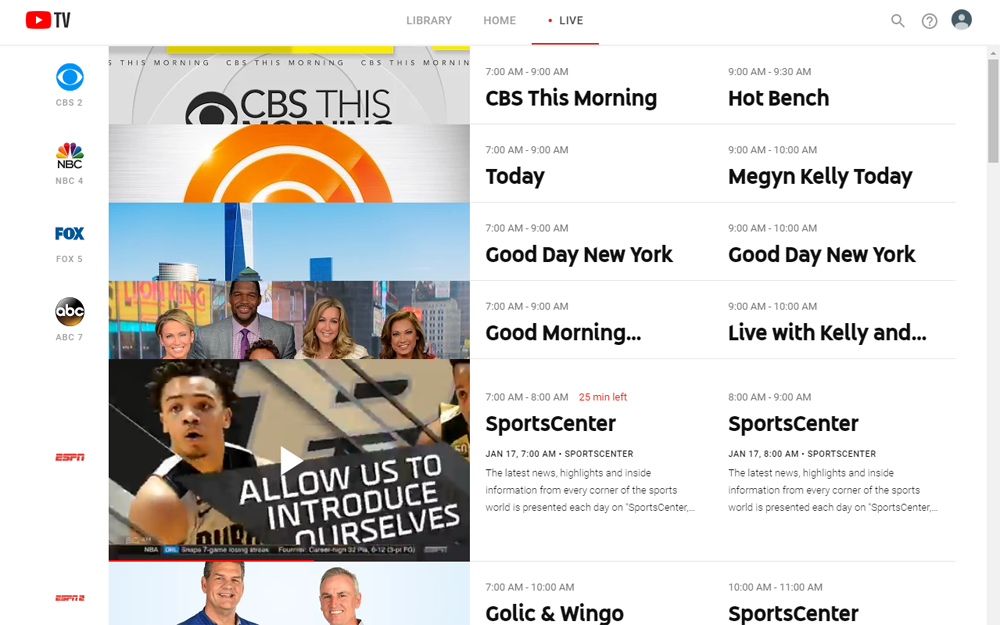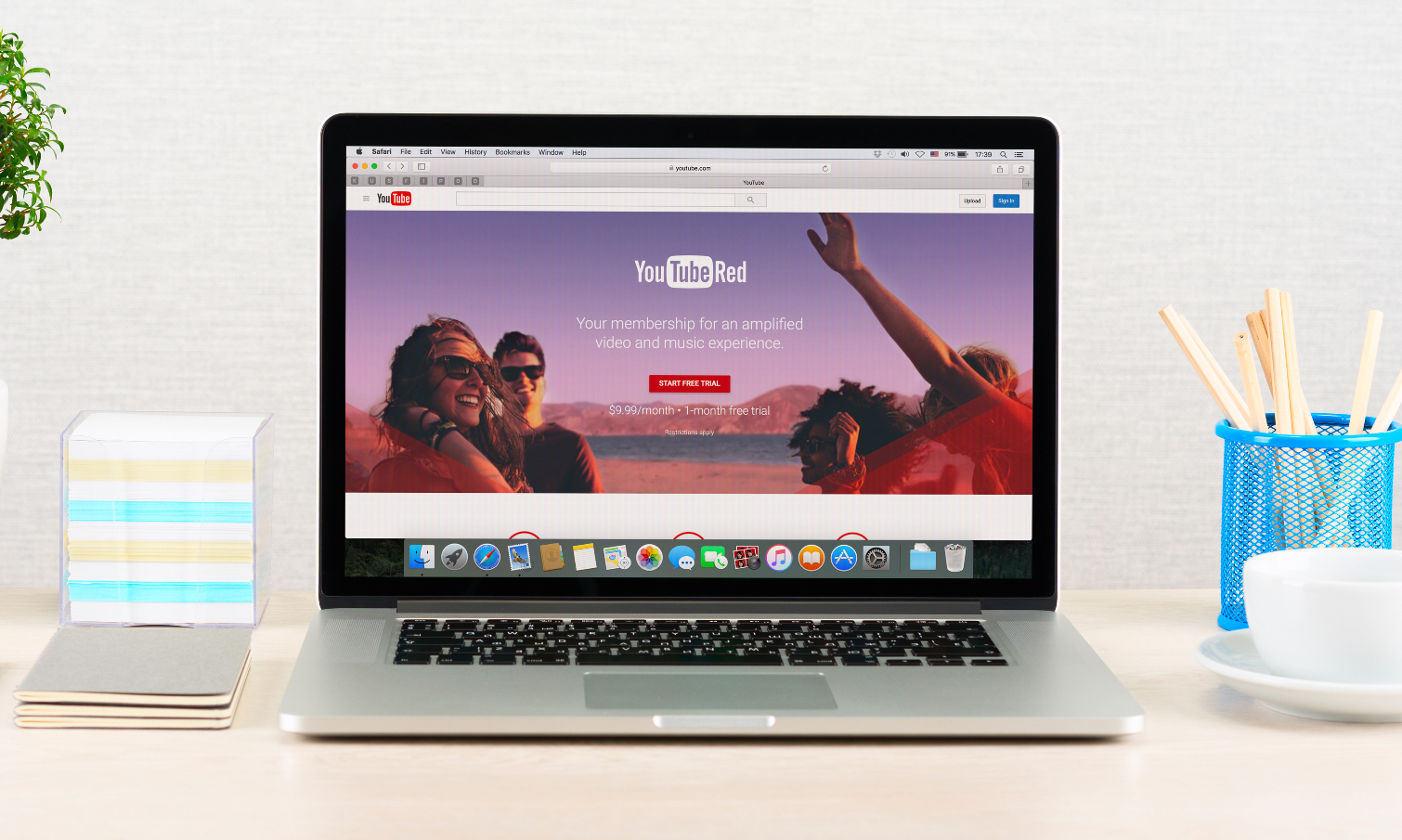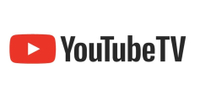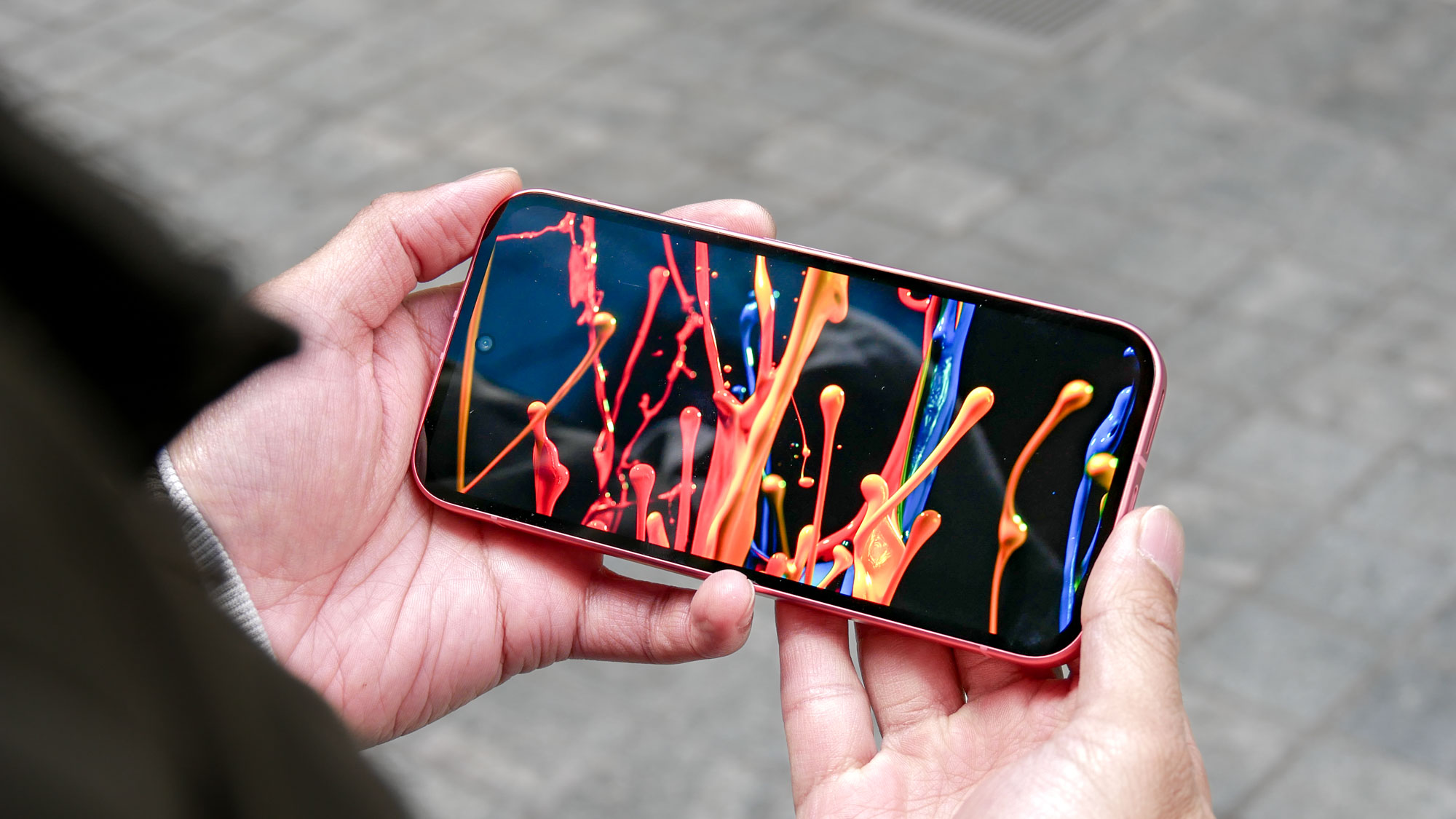YouTube Premium vs YouTube TV: How they differ
YouTube Premium and YouTube TV are two different services with some overlapping features. Here's our guide to their differences.
YouTube now offers two premium video services. YouTube Premium (formerly YouTube Red) and the newly announced YouTube TV both appear to offer a paradise of content to streamers, but it can be confusing to figure out what you get with each.

While YouTube TV looks to replace your TV service and those who want to cut the cord, YouTube Premium is more targeted at those who can't get enough of the videos that you can find on YouTube itself. Here are the differences between YouTube TV and YouTube Premium.
- Unblock region-restricted content with the best YouTube VPN
What do they offer?
YouTube TV is a cable-TV replacement service, supplying a mix of broadcast networks, cable-TV channels and live news. YouTube Premium is an optimized version of the video site that is ad-free and features exclusive content made by popular YouTubers. Check out our guide to the YouTube TV channels and other important facets of the service.
You might not need to pay for YouTube Premium for the latter, dubbed YouTube Originals, in the future. A Hollywood Reporter story claims that "a source with direct knowledge of the company's plans" claims that YouTube's changing its focus from paid subscription-supported content to ad-supported content, starting in 2020. The report ties this to YouTube Originals not reaching a large enough audience.
YouTube Originals are also offered on YouTube TV.
How much do they cost?
YouTube TV costs $50 per month, while YouTube Premium is $11.99 per month. Your YouTube Premium subscription comes with six accounts, with three concurrent streams available. YouTube Premium includes free access to YouTube Music Premium and Google Play Music, its Spotify competitors.
If you buy a YouTube TV subscription via one of its iOS or tvOS apps, though, you'll be spending an extra $5 per month.
Sign up to get the BEST of Tom's Guide direct to your inbox.
Get instant access to breaking news, the hottest reviews, great deals and helpful tips.
YouTube is now offering a deal for students creating new YouTube Premium (or YouTube Music Premium) accounts, where they can get a 3-month free trial (and not a 1-month free trial) here.
If you're a Verizon customer, and you're considering a new phone, check out this deal:
Buy a Verizon Unlimited smartphone, get 1 Mo. YouTube TV
Buy any Verizon smartphone w/ an Unlimited plan and get a free month of YouTube TV. YouTube TV is a cable TV alternative that typically costs $49.99/month.
Where can they be used?
YouTube TV and YouTube Premium can be accessed in the same ways: with Android and iOS devices, computers and Chromecast-enabled TVs (whether built-in or connected). YouTube TV is its own app, while YouTube Premium is found by opening the traditional YouTube site or app (provided that you're subscribed).

You can access YouTube Premium on Roku and Apple TV set-top boxes, but not on the Amazon Fire TV. YouTube TV runs on both of those, plus Chromecast, Xbox One, Android, iOS and select Smart TVs from LG, Hisense, Samsung, Sharp and Vizio.
How can you save YouTube Premium and YouTube TV content?
YouTube Premium allows videos to be saved to local devices for playback later. The exceptions are when content creators decide they don't want to allow for that.
In August 2019, the maximum YouTube Premium download resolution quality improved from 720p to 1080p.
YouTube TV includes a cloud-based DVR with few restrictions. You'll get to record as many shows as you want at once, without any storage limits. The only constraint is that YouTube TV will erase recordings after nine months.
Bottom Line
YouTube Premium and YouTube TV both make it easy to consume tons of content, but they differ in what they provide. Cord-cutters will want YouTube TV, while YouTube Premium is for those who love their YouTube and want as much of it as possible, without any ads.
Image: Tom's Guide / Shutterstock

Henry is a managing editor at Tom’s Guide covering streaming media, laptops and all things Apple, reviewing devices and services for the past seven years. Prior to joining Tom's Guide, he reviewed software and hardware for TechRadar Pro, and interviewed artists for Patek Philippe International Magazine. He's also covered the wild world of professional wrestling for Cageside Seats, interviewing athletes and other industry veterans.
-
Ebony Lorenz Hi Henrycasey,Reply
Do you know? there is latest update about Youtube that GOOGLE has just contracted with the “skinny bundle” TV war with YouTube TV, a paid subscription service that creaks a slew of premium broadcast and cable networks to various devices such as mobile device, tablet, computer, and anything with Chromecast.
Just $35 a month can make you enjoy six accounts and access to live TV from more than 40 providers including the big broadcast networks, ESPN, regional sports networks and dozens of popular cable networks. Subscriptions also involve cloud DVR with unlimited storage, AI-powered search and personalization, and access to YouTube Red programming. YouTube CEO Susan Wojcicki called it the evolution of television, and a bid to “give the younger generation the content that they love with the flexibility they expect.”
I hope you would find it interesting and helpful enough. -
The Paladin one is free and bandwidth limited, the other is a subscription. like netflicks, hulu etc.Reply
everyone though leaving cable tv was going to make their internet TV free, now all the web sites are charging you individually and in time will cost more than cable :P
-
troglor.rules 13 sports channels so I can see the NFL take the knee. No I boycott all sports. 3 news. E channel and some I never heard of. local news. ha we get one 120 miles away from here. for 35 dollars. no. BBC AMERICA has 2 shows on a day . each for up to 12 hours. I pay just a few dollars more for cable and get over 70 channels and not 13 or more are sports.Reply

